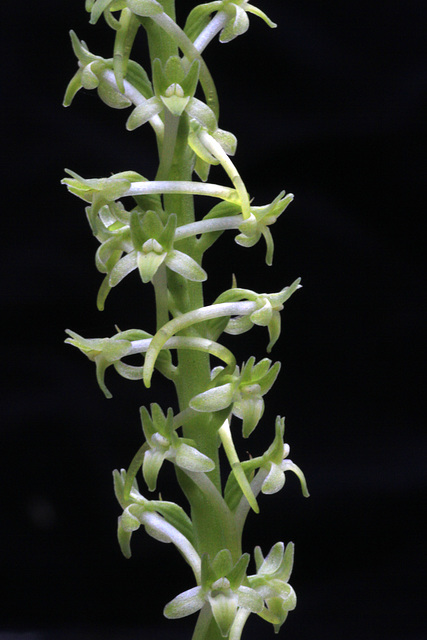Primula obconica
Lepanthes discolor
Anemones
Laelia sincorana
Lepanthes caprimulgus
Rhododendron
Lepanthes hirtzii
Tulpen in de Zon
Dendrobium agathodaemonis
Dendrobium limpidum
Estes Hybrid Rein Orchis
Echinacea
Dendrobium cuthbertsonii
Coelogyne cristata
"Thy Moment"
Epidendrum escobarianum
Picotee Amaryllis
Goldfish Plant
Unnamed Cascade in the Chuckanuts
Fragrance Lake
Kinney Lake
Ginko Petrified Forest State Park
Mount Adams
Platanthera dilatata var. dilatata
Piperia unalascensis fma. olympica
Piperia elegans
Platanthera aquilonis
Phalaenopsis
Thunderbird
Harry Jerome
Stanley Park Lighthouse
Stanley Park
Swans on Lost Lagoon
Stanley Park
American Coot
'Coon
Grey Squirrel
The Duck
Common Goldeneye
Chestnut-backed Chickadee
Wood Duck
Mute Swan
Fox Sparrow
Rufous-sided Towhee
Mediocalcar decoratum 'Janetje'
Location
Lat, Lng:
You can copy the above to your favourite mapping app.
Address: unknown
You can copy the above to your favourite mapping app.
Address: unknown
Keywords
Authorizations, license
-
Visible by: Everyone -
All rights reserved
-
302 visits
Piperia elongata


Not nearly as impressive as its big brother, the Elegant Piperia, the Long-spurred Piperia nevertheless has a charm of its own. It is shorter than the Elegant Piperia, the plants we've seen reaching only about 50 cm. The flowers, too, are smaller, and are green instead of white, though the spur is longer and much more impressive than in the larger species.
The individual flowers are less than .5 cm, but the spur is about 1.5 cm in length and though slightly curved, is much very visible, often making a kind of criss-cross pattern on the spike. The flowers may number up to 75 or 80 per spike and are easily identified by the spur and by their green color. They are supposed to be fragrant like the flowers of Piperia elegans, but at night.
The plant has only a few leaves that have often disappeared by the time the plant flowers and that are almost unnoticeable when growing. We've found it growing in very dry areas on a disturbed slope in and among brambles, sea grape and other low growing brush and found it both in shade and in full sun. In shade the plants are quite a bit taller.
The plant is native to British Columbia, Washington, Oregon, California, Idaho and Montana, but is not common anywhere. When we've found it, it has been fairly abundant in those locations, but we have only ever found it twice. This plant was photographed near Fort Ebey, Whidbey Island, Washington.
nativeorchidsofthepacificnorthwest.blogspot.com/2010/12/l...
The individual flowers are less than .5 cm, but the spur is about 1.5 cm in length and though slightly curved, is much very visible, often making a kind of criss-cross pattern on the spike. The flowers may number up to 75 or 80 per spike and are easily identified by the spur and by their green color. They are supposed to be fragrant like the flowers of Piperia elegans, but at night.
The plant has only a few leaves that have often disappeared by the time the plant flowers and that are almost unnoticeable when growing. We've found it growing in very dry areas on a disturbed slope in and among brambles, sea grape and other low growing brush and found it both in shade and in full sun. In shade the plants are quite a bit taller.
The plant is native to British Columbia, Washington, Oregon, California, Idaho and Montana, but is not common anywhere. When we've found it, it has been fairly abundant in those locations, but we have only ever found it twice. This plant was photographed near Fort Ebey, Whidbey Island, Washington.
nativeorchidsofthepacificnorthwest.blogspot.com/2010/12/l...
- Keyboard shortcuts:
Jump to top
RSS feed- Latest comments - Subscribe to the comment feeds of this photo
- ipernity © 2007-2025
- Help & Contact
|
Club news
|
About ipernity
|
History |
ipernity Club & Prices |
Guide of good conduct
Donate | Group guidelines | Privacy policy | Terms of use | Statutes | In memoria -
Facebook
Twitter

Sign-in to write a comment.